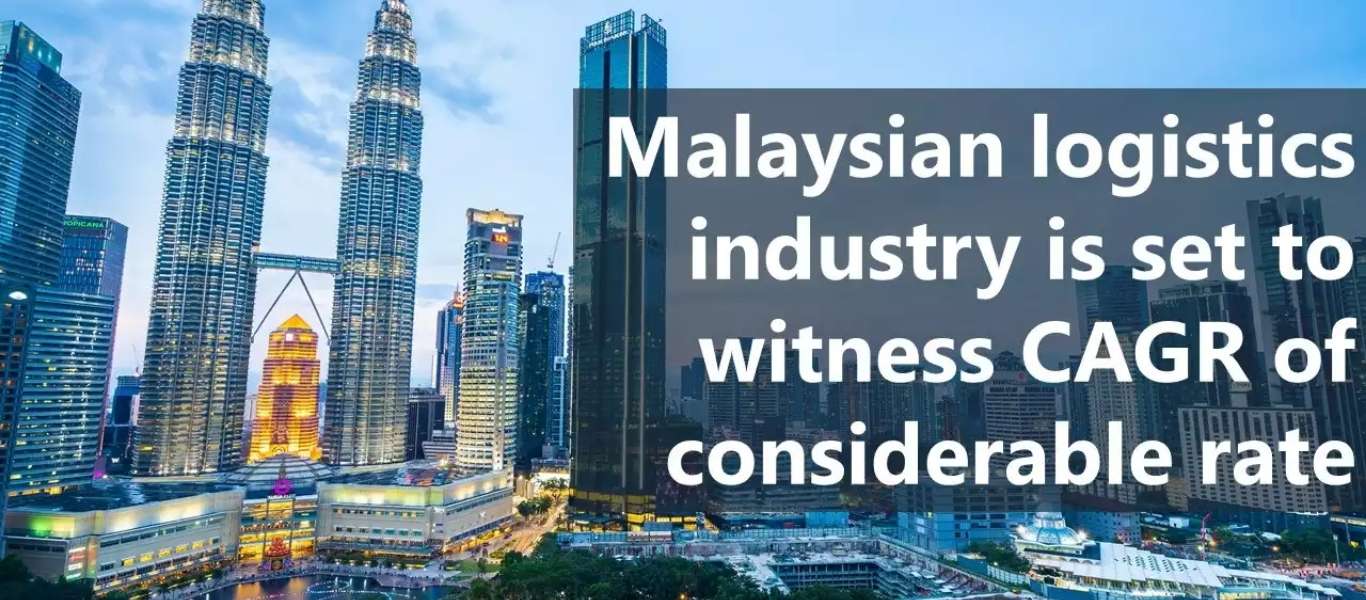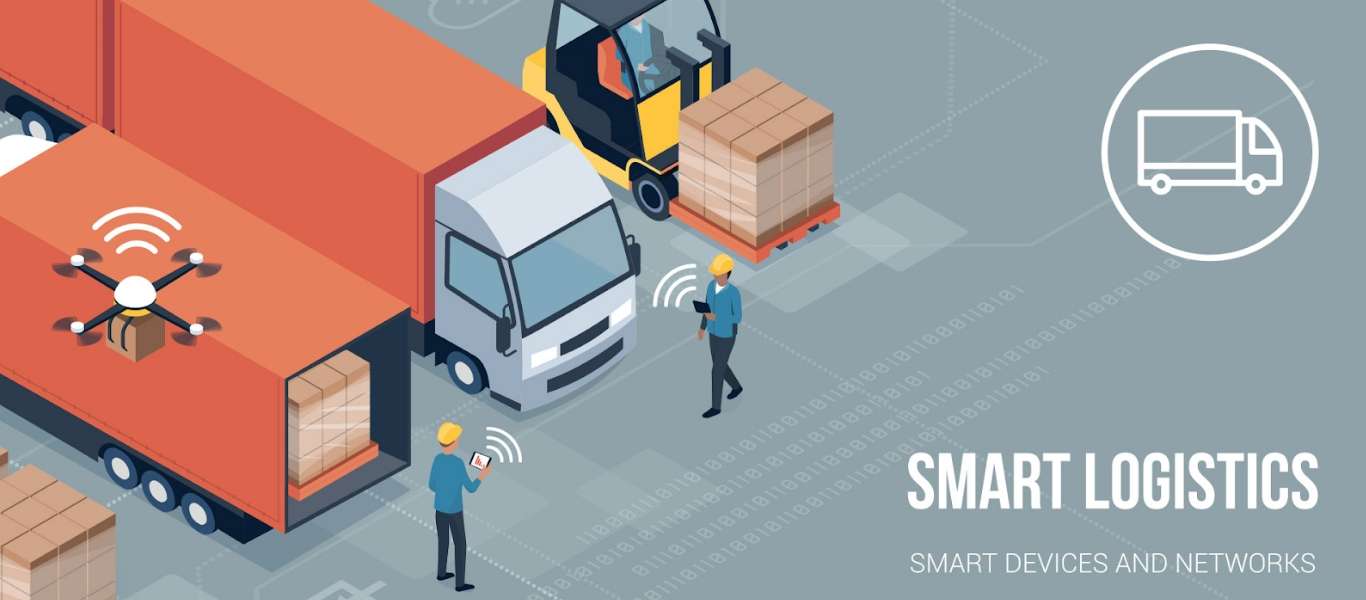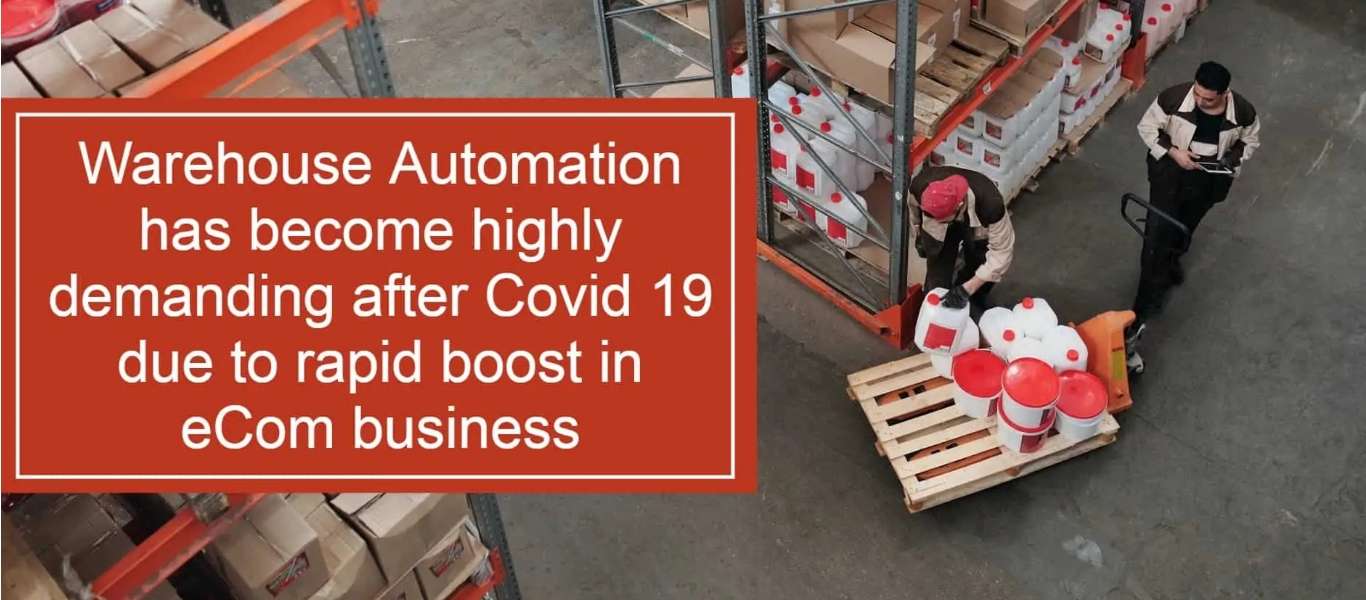Looking at the industry leaders, the speculation for the logistics industry is pretty clear. E-commerce giants like Amazon’s achievement at omnichannel delivery and fulfillment, has burdened retailers and transporters to give quicker, lower estimated, more convenient delivery and fulfillment. And they expect all of it from their 3PLs, transporters and logistics providers as key accomplices to meet these expectations. The increased expectations, combined with the current demand for deliveries, is driving innovation across the market and that is where smart logistics system is required to be adopted by the logistics businesses.
Simultaneously, these innovations can’t come at the cost of your long-term growth and benefit. And if you have to oversee more drivers or contractors guarantee the noteworthy delivery quantity or quicker delivery duration – a difficult process in any case – these progressions must be overseen so they improve the main concern, and not simply of the shippers. As a 3PL or logistics provider, if you are struggling with the help to provide better services to customers in the competitive delivery world then the answer is Automation Software to manage all Logistics Providers & 3PL Operations.
1. Increase business efficiency across the entire supply chain using smart logistics system :
Each business needs data to manage their deliveries, however, some will need updates every 30 minutes, others at regular intervals or in real-time. Some will integrate to move data across systems, while conventionally others will need a 3PL to physically enter information into portal, which is more inefficient and costly with scalability issues. That’s where automation comes in, every logistics provider and 3PL can improve efficiency by utilizing a smart logistics system that can automate and speed up their logistics processes. Likewise, working with contractors may grow your geographic reach or delivery capacity, yet training them takes quite a while which is a very tiring process.
That is where the automation comes in the role. Each logistics provider and 3PL can improve proficiency by using a smart logistics system or software that can accelerate & automate their logistics operations.
2. Fleet Management :
Are you handling drivers and vehicles in the most efficient and cost-effective way? Well, to deliver more – and smartly, you must take into account the best use of contractors, drivers and vehicles, as well as your own fleet with a smart logistics system.
3. Staging and loading :
The experience of efficiency and superb deliveries start in the warehouse, even before the orders are stacked into the truck. Are drivers in sync with the distribution center, or do they sit till an accessible loading dock? It is safe to say that you are stacking every vehicle to the full limit and in the right order? How long does it take to load every vehicle? How long do drivers spend in the distribution center, before starting their routes?
Aligning your staging, deliveries and stacking processes can accelerate loading and unloading times and can assist drivers to deliver more in a similar amount of time. Utilizing automated devices for quick scanning of multiple orders simultaneously can likewise accelerate the loading cycle. Essentially the optimization of vehicle loading and dispatching orders depends on most maximum vehicle weight or volume which will guarantee you to fulfill many orders out in small time hence saving cost.
4. Route planning and scheduling :
The automated route and driver planning, scheduling and dispatch system enable you to plan and dispatch requests to fleets with the delivery cost, distance, time, and so forth. Such driver management applications should take administrative prerequisites and driver breaks into thought for dispatching and directing.
5. Ability to adapt to change and meet shipper needs :
Giving an extraordinary customer experience is a key component of business success, a similar consideration is the ease of doing business with your company. And how easily do you integrate with your transporters’ systems, giving real-time data information? Or your ability to offer and meet quicker deliveries with restricted delivery windows?
One should search for better software systems that expand your operational flexibility and offer easy integration options. This won’t just make it simpler for you to adjust to various customer’s needs, but in addition to reassuring transporters and their business to be future proof.
So, whenever another wave of innovation and technology enters the market, delivery trends change. And to include abilities based on what’s presumed in your market, transporters have perceived this for a while which is the reason why most of them accept that 3PL and logistics technology is vital to their success and growth.
The logistics business is changing and will appear to be totally unique in an additional five years. Since no one knows what those variations will be, Organizations need a solution that will permit them to develop effectively toward any path and modify their offerings to best help transporters as they compete in this new world. The greatest test is the way to future-proof your offerings by implementing smart logistics software that will grow and adapt with you, as swapping your technology partners at regular intervals is essentially impractical.
Logix platform Benefits:
1. Logix Platform is a comprehensive logistics management software that helps in managing global logistics operations and eCommerce logistics with future-proof technologies.
2. It comes up with e-commerce and carrier integrations to enhance your business experience.
3. Our major eCommerce business partners are Shopify, Magento, opencart, and woo commerce.
4. We also have more than 20+ major carrier partners like FedEx, Aramex, DHL, and UPS.
Benefits of eComGlobus last Mile delivery Software.
eComGlobus is an all-in-one eCommerce fulfillment software that helps you manage the logistics operations of your eCommerce Stores easily in a single platform. With eComGlobus, get access to an advanced Last-Mile Delivery software to drive customer centricity and profitability. If you’re handling last-mile delivery you can use the MATRIX mobile app for assigning the deliveries and getting the delivery updates.




